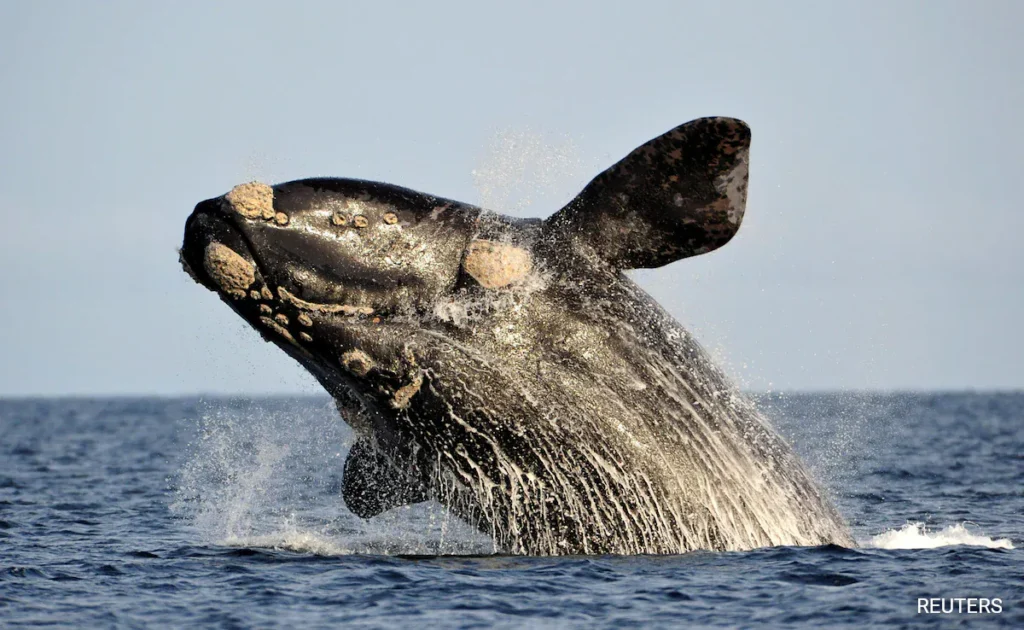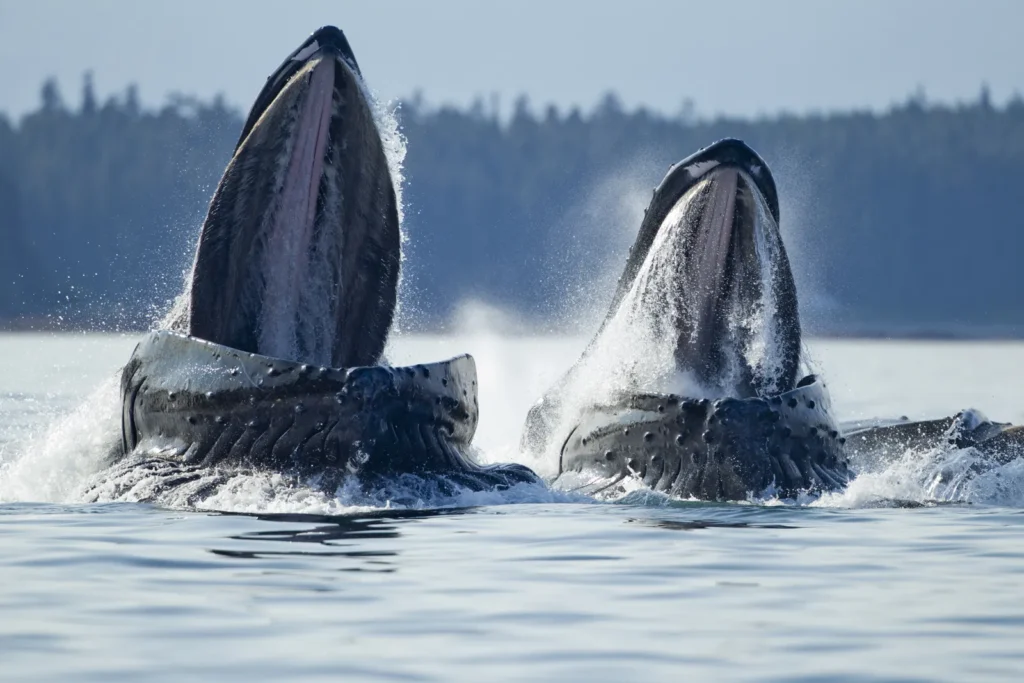According to researchers, baleen whales have anatomically modified larynxes, or voice boxes, that allow for underwater vocalization.

The “singing” of baleen whales, such as the humpback, over great distances in the aquatic world, is one of the most terrifying sounds on Earth. Finally, researchers have discovered how these marine creatures that feed on filters accomplish it.
According to study, on February 21, baleen whales, which include the largest mammal in Earth’s history, the blue whale, employ a voice box called a larynx that has been physically altered to allow for underwater vocalization. According to the researchers, they have developed a unique structure that resides inside the larynx and is made of a cushion made of muscle and fat.
That indicates that while toothed whales, such as dolphins, porpoises, killer whales, and sperm whales, have evolved a separate process using a unique organ in their nasal passages, baleen whales and humans both generate their sounds with their larynx.
Although the fact that baleen whales have a wide range of vocalizations was acknowledged in the 1970s, it was still unknown how exactly they generate them.

“These are some of the most amazing creatures that have ever lived on Earth.” They eat the tiniest shrimp and are gregarious, highly intelligent creatures that would have dwarfed most dinosaurs. Lead author of the study published in the journal Nature, biologist Coen Elemans of the University of Southern Denmark, said, “They have the unique ability to learn new songs and spread their vocal culture across the planet.”
In order to locate and communicate in the muddy and dark waters, baleen whales rely heavily on sound production. For instance, humpback males sing to entice females, and humpback females converse vocally with their calves,” Mr. Elemans continued.
The very-low frequency cries made by all baleen whales—the fin, sei, right, gray, minke, bowhead, and others—are hardly heard to humans. A few species, such as the bowhead and humpback, generate the higher-pitched noises that are more commonly associated with whale songs.
Read more: The 8 Great Lost Cities of the World that were Rediscovered
Using the larynxes of deceased sei, common minke, and humpback whales that had washed up on Danish and Scottish beaches, the researchers conducted laboratory tests. Additionally, they created a three-dimensional computer model of the whale’s larynx to mimic how sound is produced by muscular contractions.
Vocal cords, or the vocal folds of the larynx, are used in human speaking. These tiny vibrating tissue strips span the airway and are held in place by arytenoids, which are tiny cartilage structures that rotate to open or close the larynx.
Large and stiff arytenoids, like a ring, can press against the laryngeal cushion in baleen whales. The sounds are produced when the whale exhales because the airflow causes this cushion to vibrate in an undulating manner.

Evolutionary biologist W. Tecumseh Fitch of the University of Vienna and study co-author said, “What is fascinating is that, although the laryngeal modifications are unique and a totally novel structure, the main source of sound — the physics underlying the interactions between air and tissue — follows the same principles as other mammals, ranging from bats to tigers to elephants, and including humans, along with birds.”
Mr. Fitch continued, “Even though these living species use different organs or parts of organs to make sounds, it seems that they have all used the same set of tricks to do so.”
When the earliest land animals began breathing air, they needed to filter food from air to avoid choking, which is when the larynx originated. About 50 million years ago, land mammals gave rise to whales. Baleen whales’ larynx was modified to allow for underwater vocalization while maintaining airway protection.
According to Mr. Elemans, “the early whales faced significant challenges upon returning to the sea, requiring adaptations for explosive surface breathing, avoiding choking and drowning, and preserving air while vocalizing underwater.”
The study also revealed that the whales’ vocalizations interfere with their capacity to communicate since they occur in the same frequency range and at the same ocean depths as human-made shipping noises, which is around 330 feet (100 meters).
Mr. Elemans expressed regret that baleen whales are unable to sing deeper or higher to block out human noise due to physiological limitations.

